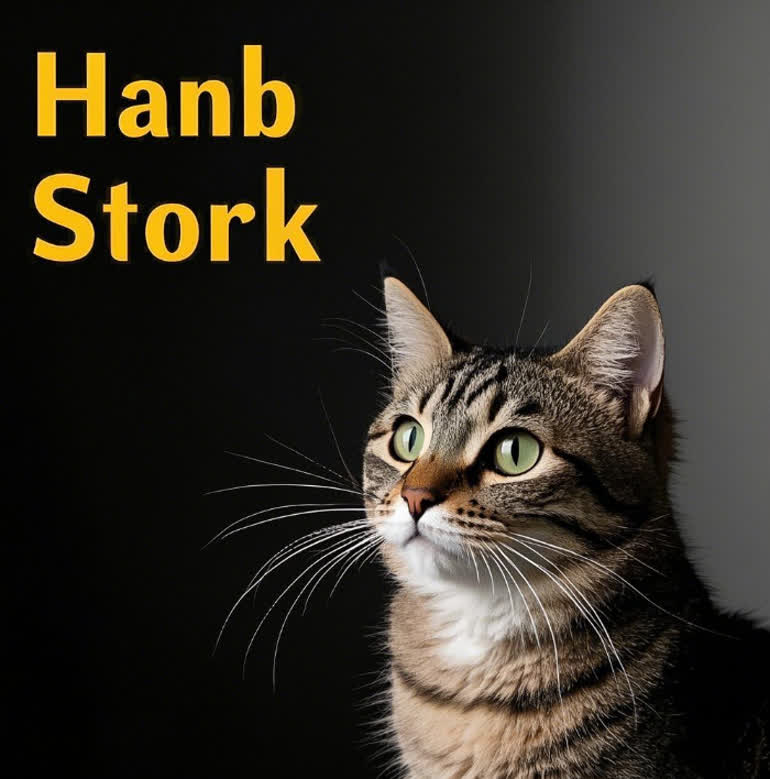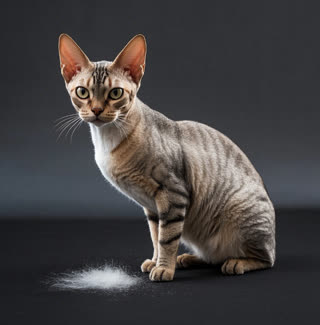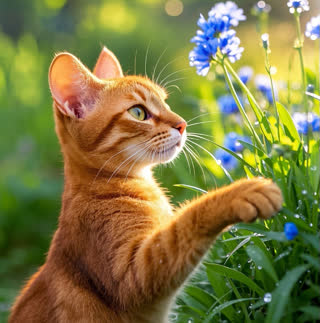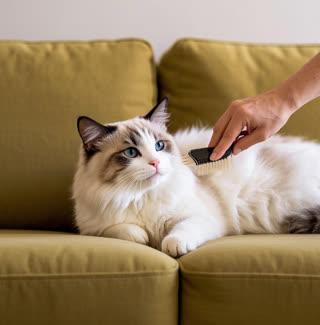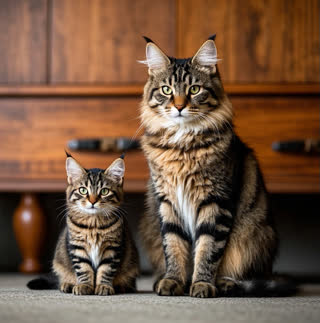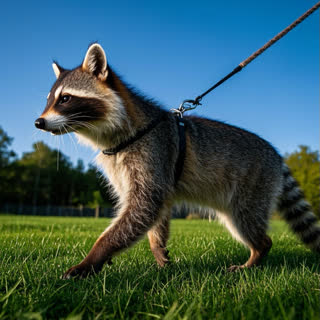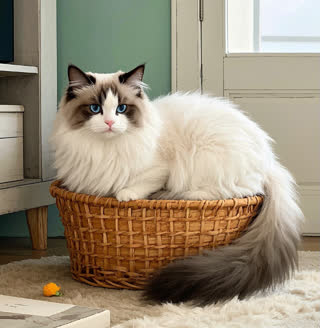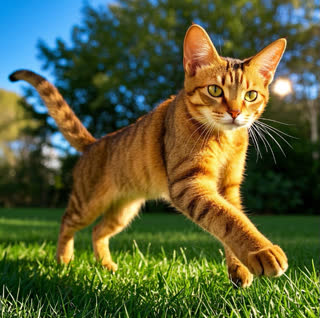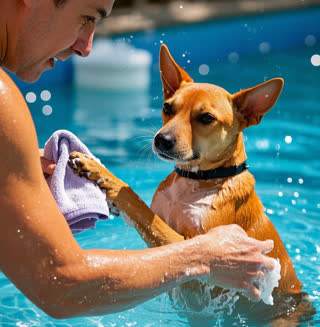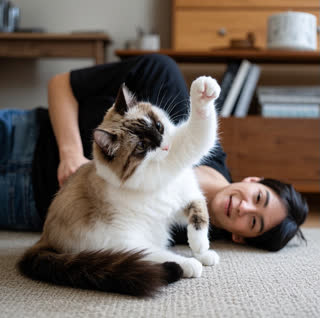Why Cat Stories Dominate Content Marketing
Cat videos generate 26 billion views annually (BuzzSumo, 2024)
Blogs with cat content see 40% higher engagement (HubSpot)
72% of American households own a cat or dog (APPA)
Step 1: Understand Your Cat’s Unique Personality
- Behavioral Observation
Note their quirky habits (e.g., "Mr. Whiskers only drinks from running faucets")
Document interactions with other pets/family members
- Emotional Mapping
Use a "cat personality wheel" to identify traits: playful, mysterious, regal, etc.
Observe how they express emotions (tail flicking, purring patterns)
Step 2: Structure Your Story for Maximum Impact
Hook the Reader in 3 Seconds
"At 3 a.m., Mrs. Pickles began her nightly ritual—tearing down the curtains to ‘hunt’ imaginary birds."
"Rescued from a storm drain, this 3-legged cat taught me more about resilience than any human ever could."
Develop the Plot
Setup: Introduce the cat’s normal routine or unique trait
Conflict: Present a problem (e.g., fear of vet visits, rivalry with a new kitten)
Resolution: How the cat overcomes the challenge
Add Relatable Themes
Triumph over adversity
Unconditional love
The joy of small victories
Step 3: Writing Techniques for Cat Tales
Show, Don’t Tell
"Fluffy’s ears flattened against her head as she backed into the corner, tail thrashing like a metronome gone rogue."
Use Sensory Details
Sound: "The satisfying snikt of claws unsheathing as she stretched"
Smell: "The faint scent of catnip clinging to her fur after playtime"
Personification Done Right
"‘Another Zoomies session?’ I asked. Mr. Whiskers shot me a look that clearly said, ‘Human, you’re slow today.’"
Step 4: SEO Optimization for Cat Stories
Keyword Strategy
"how to write a cat story" (monthly searches: 12k)
"engaging cat stories" (9k)
"short cat stories" (15k)
"cat rescue stories" (8k)
On-Page SEO Tactics
Title: Include primary keyword + power words (e.g., "Heartwarming," "Step-by-Step")
Headers: Use H2/H3 tags for sections like "Writing Techniques for Cat Tales"
Image Alt Text: "calico cat jumping through window – how to write engaging cat stories"
Step 5: Publishing & Promotion Tips
Platform-Specific Strategies
Blogs: Embed videos of your cat in action
Instagram: Pair stories with Reels using trending sounds
Amazon KDP: Create short story collections with eye-catching covers
Collaboration Opportunities
Partner with cat influencers for cross-promotion
Submit stories to platforms like The Daily Cat or Catster
Common Pitfalls to Avoid
- Overusing Cliches
❌ "My cat is my best friend"
✅ "Luna’s 3 a.m. ‘fetch’ demands taught me discipline—one scratch at a time"
- Ignoring SEO Basics
Always include keywords in the first 100 words and meta description
- Underestimating Visuals
Add at least 3 high-quality images per 500 words
Case Study: How "The Adventures of Grumpy Cat" Became a Viral Sensation
Content Strategy: Focused on unique traits (permanent scowl, dislike of exercise)
SEO Tactics: Targeted keywords like "grumpy cat story" and "funny cat memes"
Revenue Streams: Books, merchandise, and brand partnerships
Advanced Storytelling Techniques
- The "Cat’s Eye View" Perspective
Write from the cat’s point of view using limited omniscience
Example: "I surveyed my kingdom—the couch, the sunny windowsill, and that infuriating robot vacuum."
- Interactive Stories
Create "Choose Your Own Adventure" style tales for websites
Example: "Should Mittens chase the laser or ignore it to maintain dignity?"
FAQs for Cat Story Writers
A: No! Authenticity and passion matter more than formal training.
A: 500-1500 words for blogs, 2000-5000 words for short stories.
A: Yes! Through ads, affiliate marketing, Patreon, or self-publishing.
Writing engaging cat stories combines creativity with strategic SEO practices. By focusing on your cat’s unique personality, structuring stories for emotional impact, and optimizing content for search engines, you’ll build a loyal audience while ranking higher on Google. Start today—your cat’s next adventure could be the one that goes viral!
